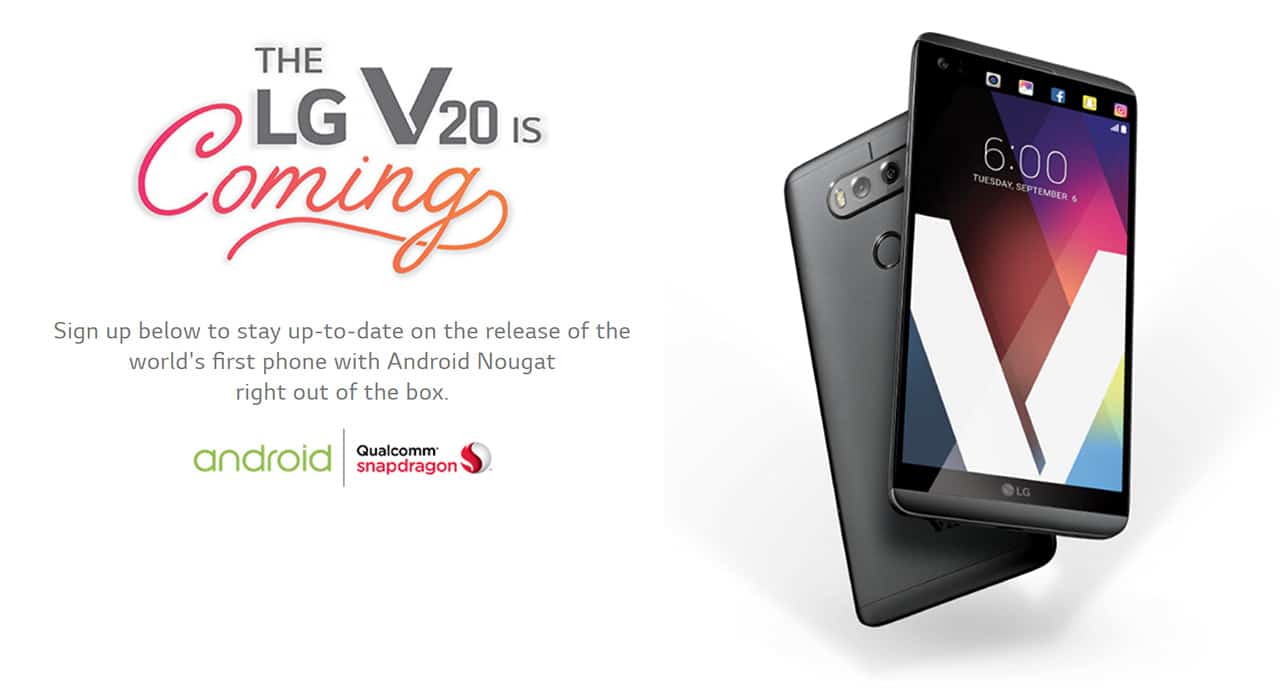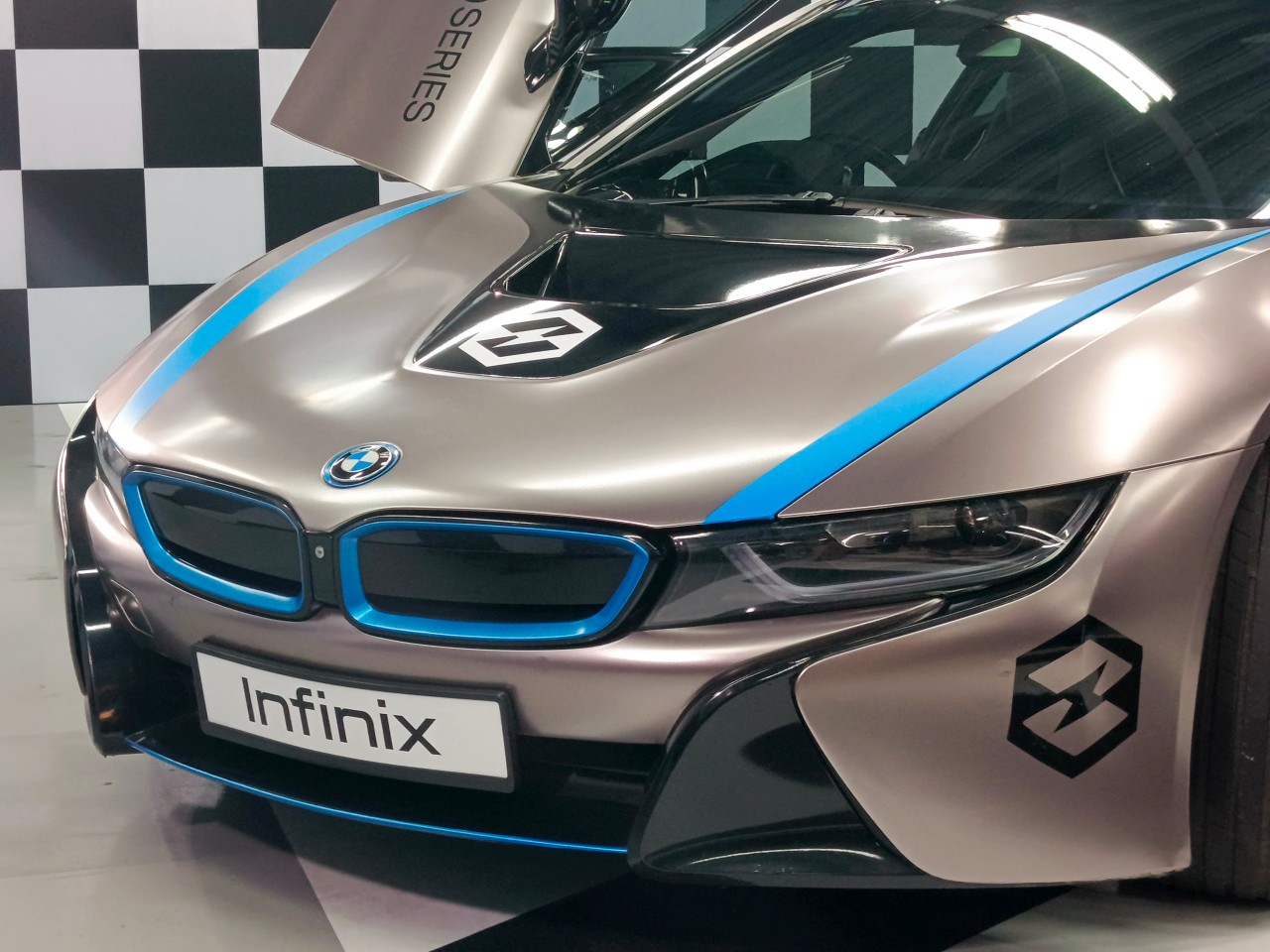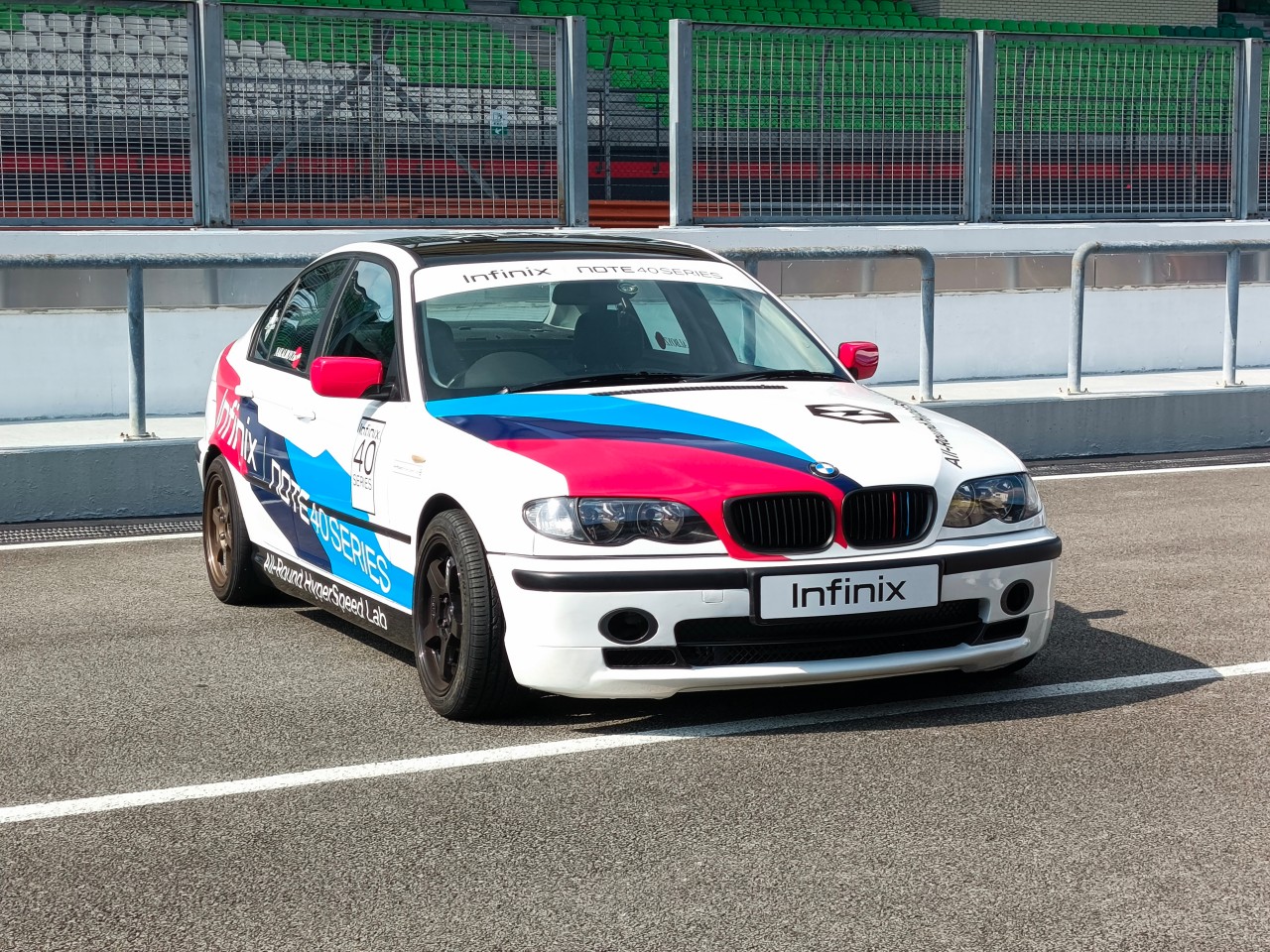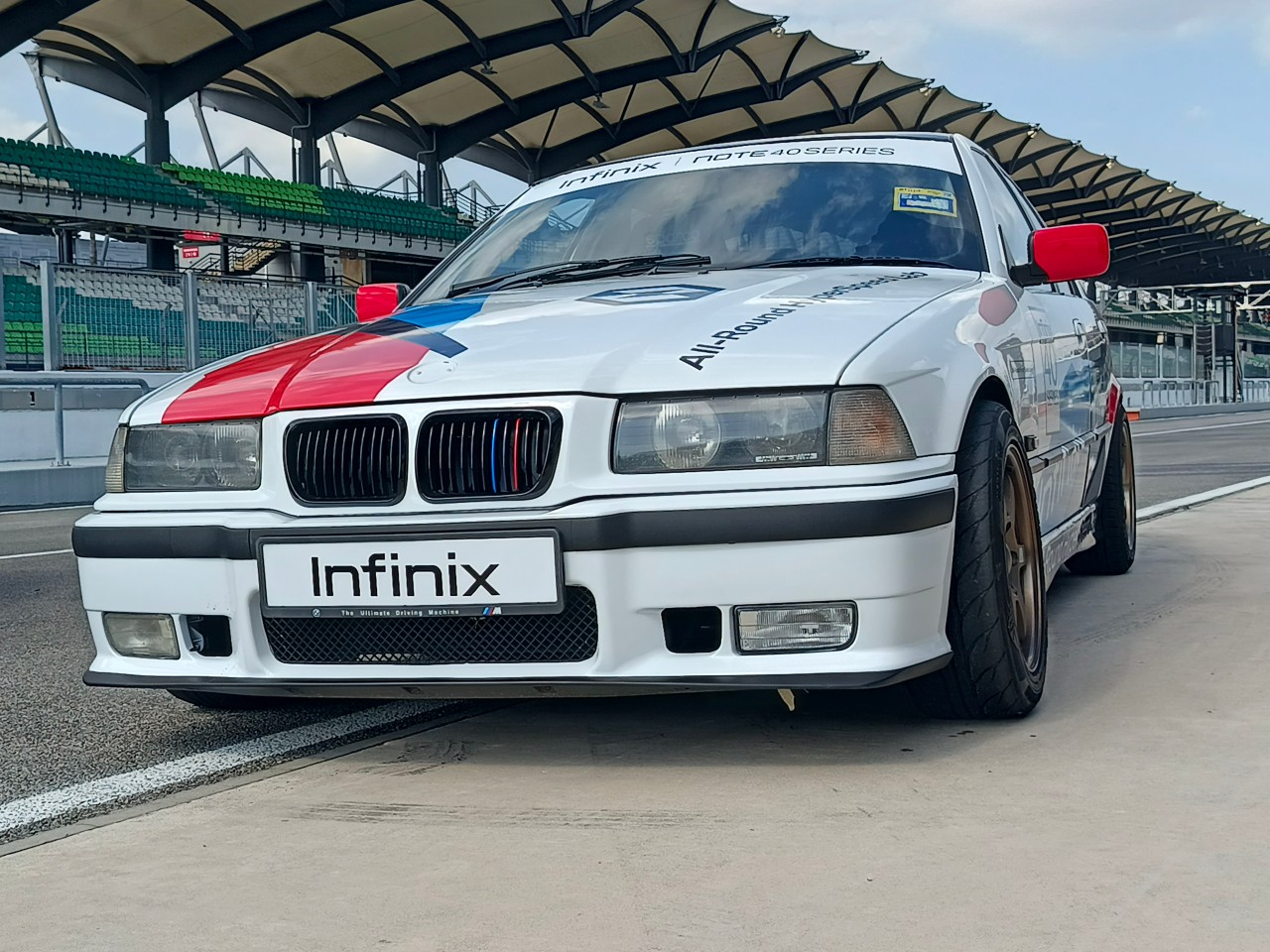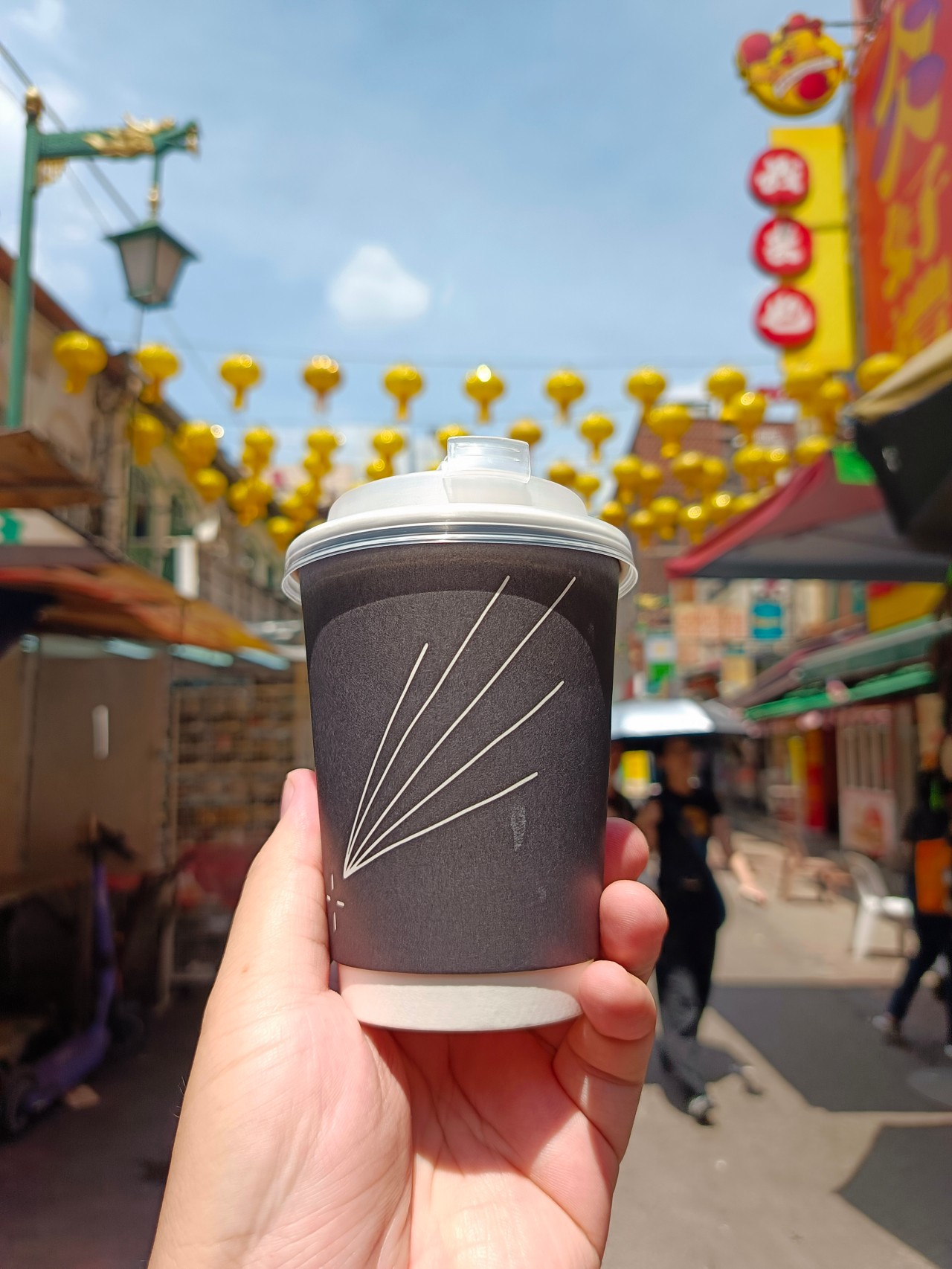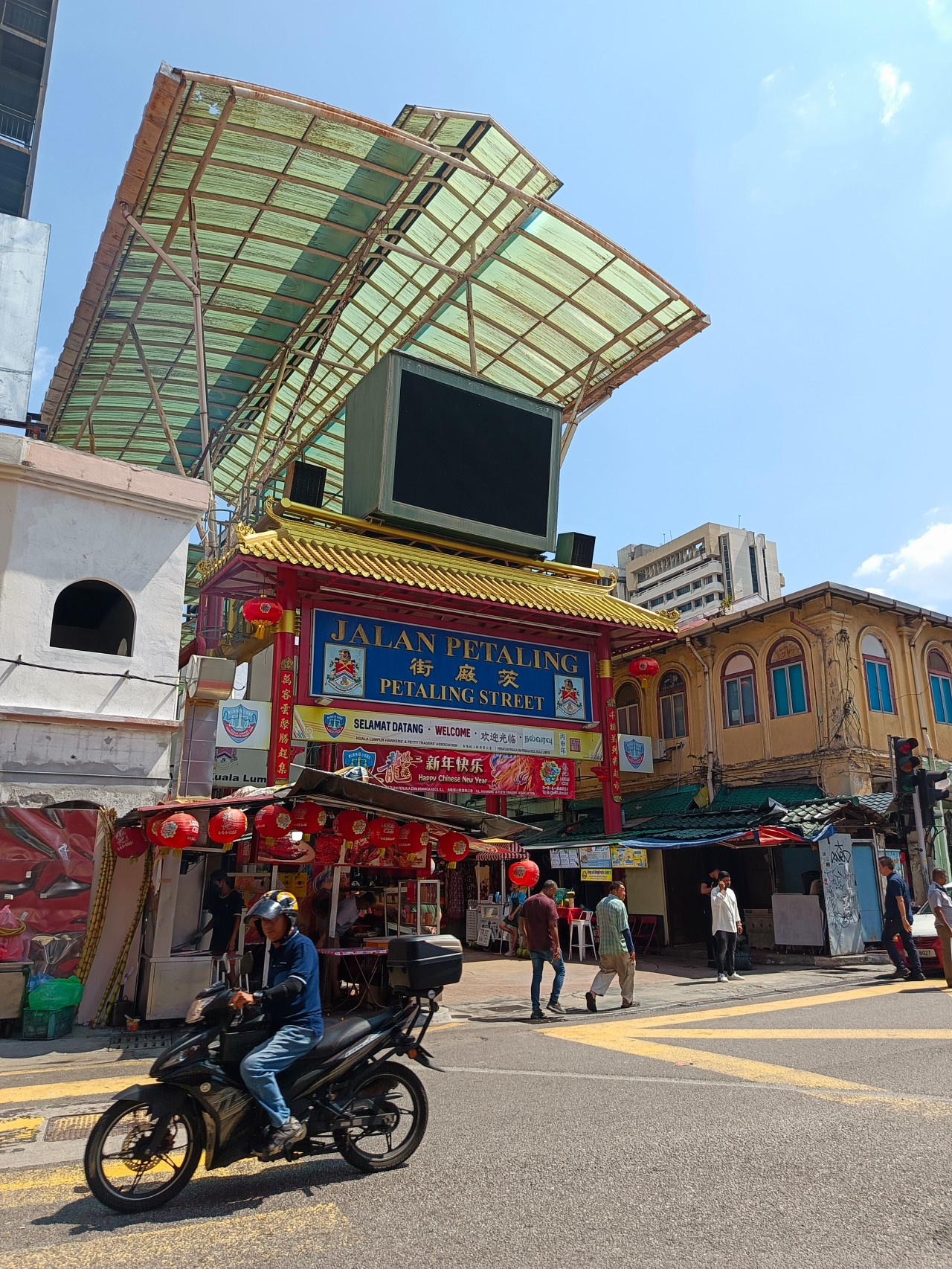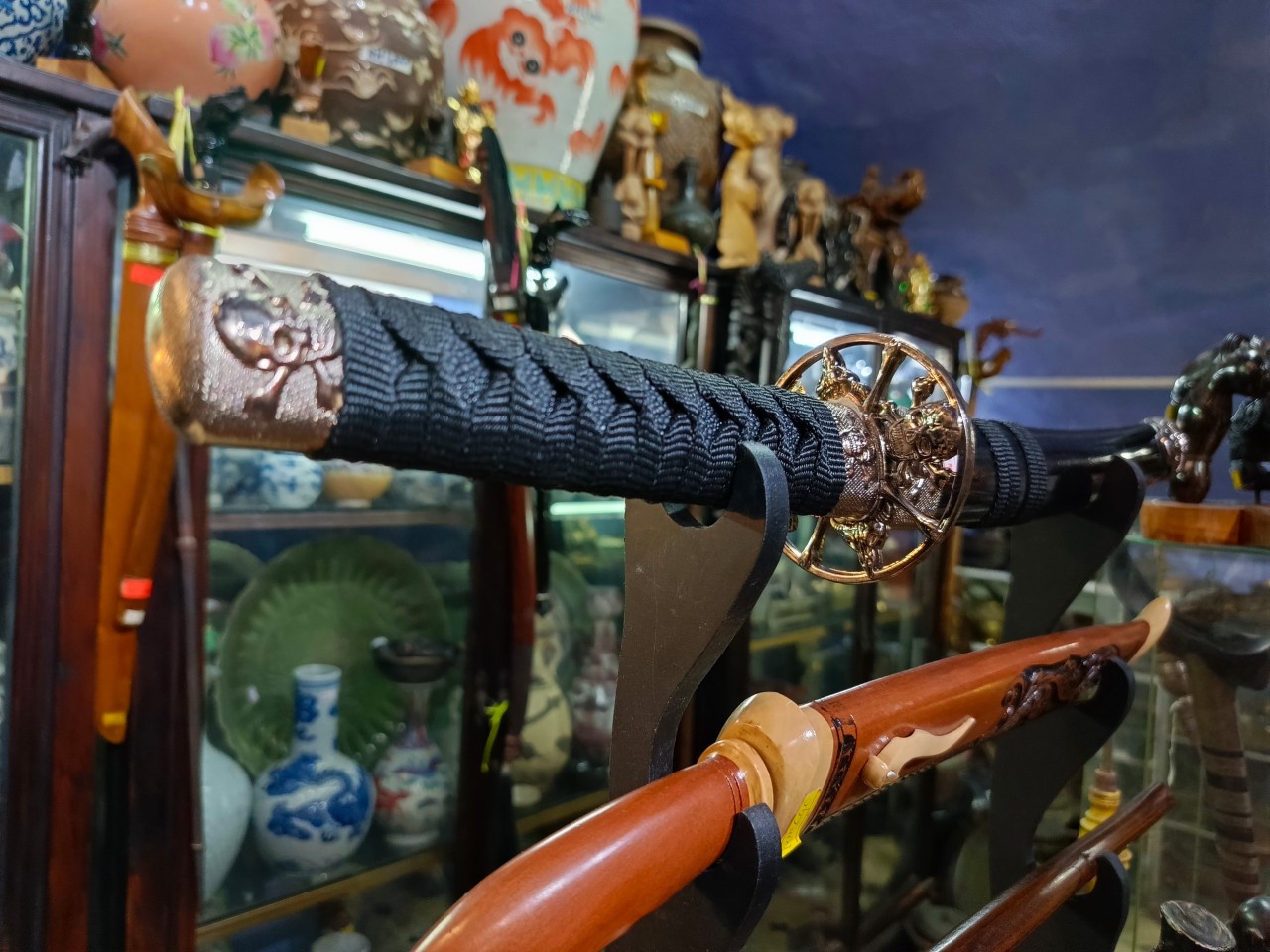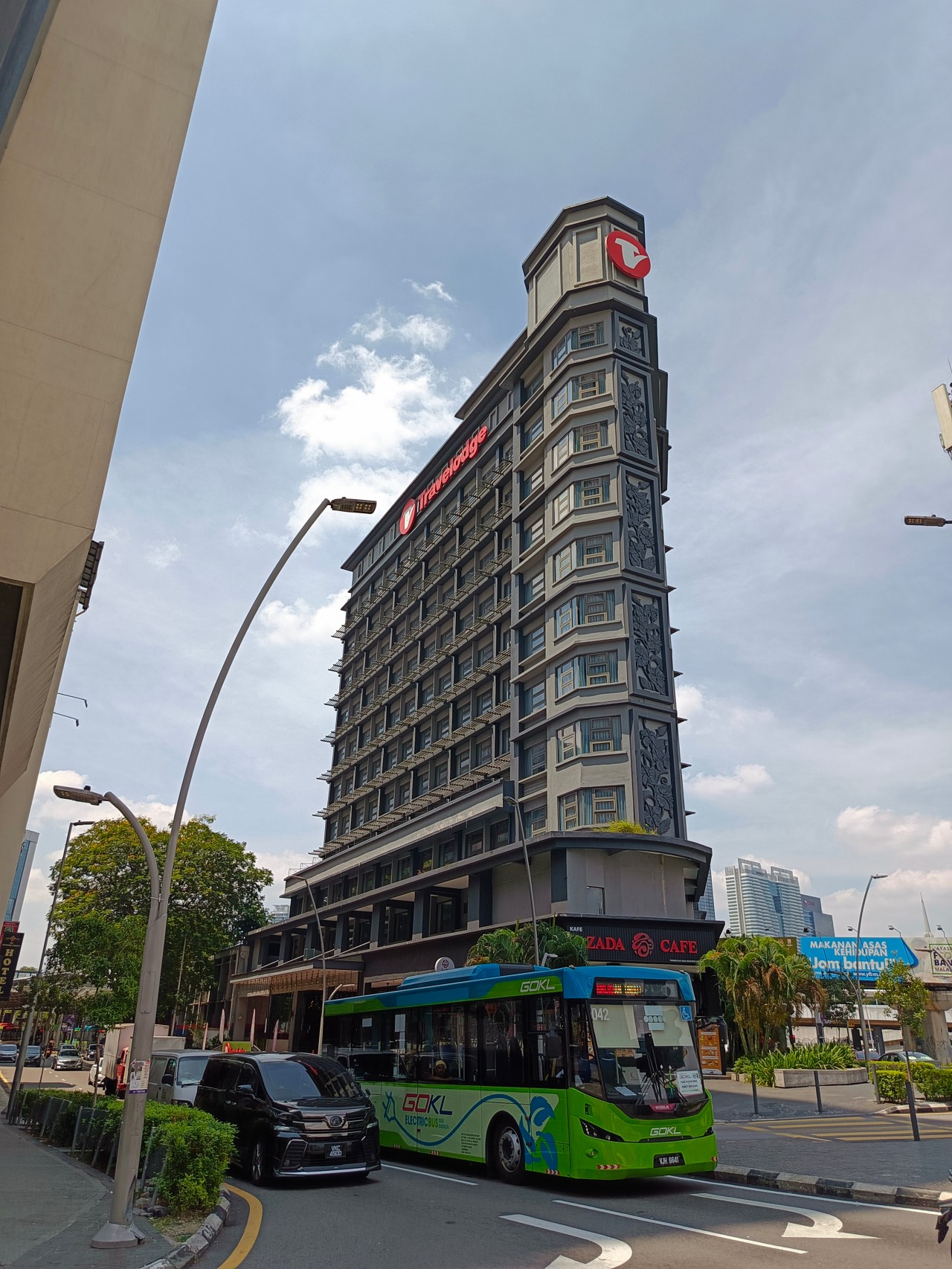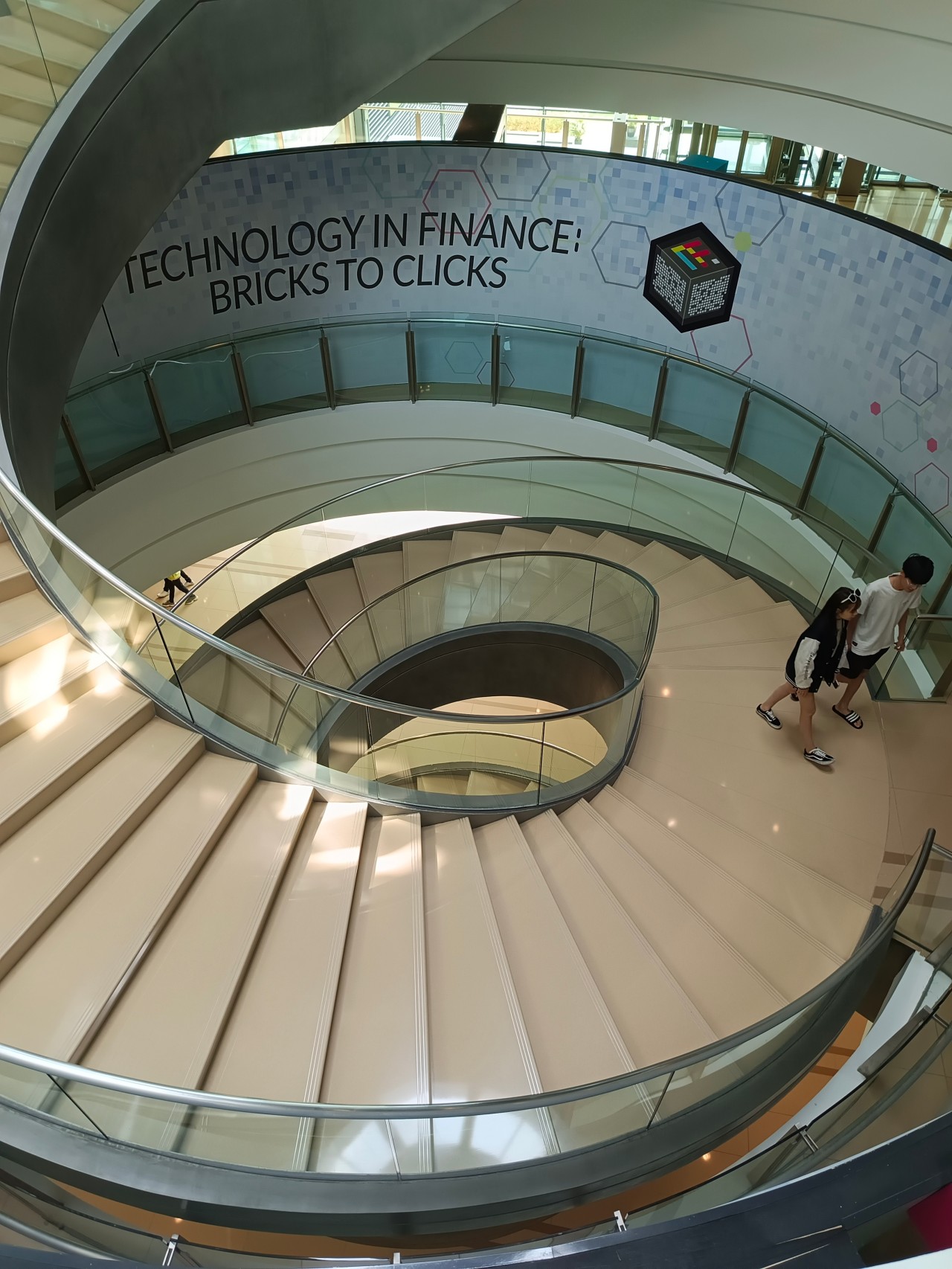Features
Google’s Pixel strategy is doing exceedingly well, at a cost
When friends ask me for tips on buying techie products, one piece of advice constantly comes up: Don’t be an early adopter of first-generation gadgets. Why? Because bugs need to be ironed out first, and brands never show all their cards on the first attempt. This way of thinking is about to change, however, and it begins with Google and ends with Pixel.
Google’s pair of Pixel and Pixel XL smartphones haven’t reached the consumer market yet, but they’re already being showered with glowing reviews.
Well-respected tech journalist Walt Mossberg calls it the “best Android phone” he’s ever tested; Wired is “totally in love with the Pixel”; and Gizmodo says the Pixel makes a strong case if you must buy an Android, even though they’re calling it “dumb and ugly.”
Reviews have been so good, in fact, that Alphabet (Google’s parent company) has experienced its highest stock prices since 2004, according to a report by Bloomberg. The cherry on top: Both phones are currently out of stock because of the overwhelming demand.
[irp posts=”5053″ name=”Google Pixel got the ‘little brother, big brother’ tandem right”]
Sentiments from other outlets have been largely the same, with the only complaints being the sky-high prices, lack of waterproofing, and bland physical design. Do the cons sound a little familiar? Those have been shots taken against Apple’s iPhones for the longest time (only the second con changed recently), making the Pixel a perfect rival in both strengths and weaknesses.
Still, as happy as we are for Google and consumers wanting more choices, the Pixel strategy is alienating Android’s most important supporters: third-party manufacturers.
By releasing a high-end pair of smartphones that’s truly its own, Google is now a direct competitor to the companies it has been working so closely with since Android’s conception, sending a harsh signal to hardware partners that there’s an even better way to handle its operating system, way beyond what Nexus has ever done.
The Pixel strategy is alienating Android’s most important supporters: third-party manufacturers.
Despite having the Pixels manufactured by HTC, the search giant has the software and hardware process under its control from start to finish. This is distinctly different from the way the Nexus series was handled, wherein the likes of Huawei and LG had their own say for the design, and were only required to lay out a fresh layer of Android inside.
Samsung is clearly the most affected brand. Now that the Galaxy Note 7 is out of commission, you’d have to look all the way back to February to find Samsung’s current, yet somewhat stale, Galaxy S7 flagship line. The development surely doesn’t bode well for the Korean company, who has been largely responsible for boosting Google’s mobile operating system to an 87 percent market share last quarter, thanks to a 22 percent smartphone market share of its own.
LG has also been caught in the crossfire. Its phablet flagship, the yet-to-be-shipped V20, has been heavily marketed as being the first smartphone to have Android 7.0 Nougat out of the box, only for it to be outshone by the 7.1 version the Pixel smartphones will come with at around the same time. We wonder if Google knew about this in advance, or if they sent a really nice fruit basket to LG’s headquarters.
The only major player to benefit from Google’s new-found success is HTC. Even though its own self-branded smartphones continue to slump sales-wise, the Taiwan-based company actually saw a 41 percent revenue jump last month. Once the Pixels begin shipping, HTC’s fortunes will surely turn around, in spite of the lack of branding.
The only major player to benefit from Google’s new-found success is HTC.
As for how Chinese brands Huawei, OPPO, Vivo, Xiaomi, and the like feel about this, well, they’re too busy raking in mountains of cash from dominating the entry-level and midrange markets — two segments Apple and Google don’t really care about at the moment.
The situation is similar to the topic we touched on when we talked about Project Ara’s demise a month ago. Android partners already feared Google had shot them in the foot by buying Motorola to produce its own phones. When the Mountain View company changed its mind and sold the well-known handset manufacturer to Lenovo and began work on its modular phones, brands such as LG and Samsung looked into alternatives to the Android OS.
Fortunately (or unfortunately, depending on how you look at it), Project Ara didn’t push through, so third-party brands had less competition to worry about — but then Pixel came in, and here we are. Oh, Google!
[irp posts=”4335″ name=”Project Ara’s story is all about wasted potential”]

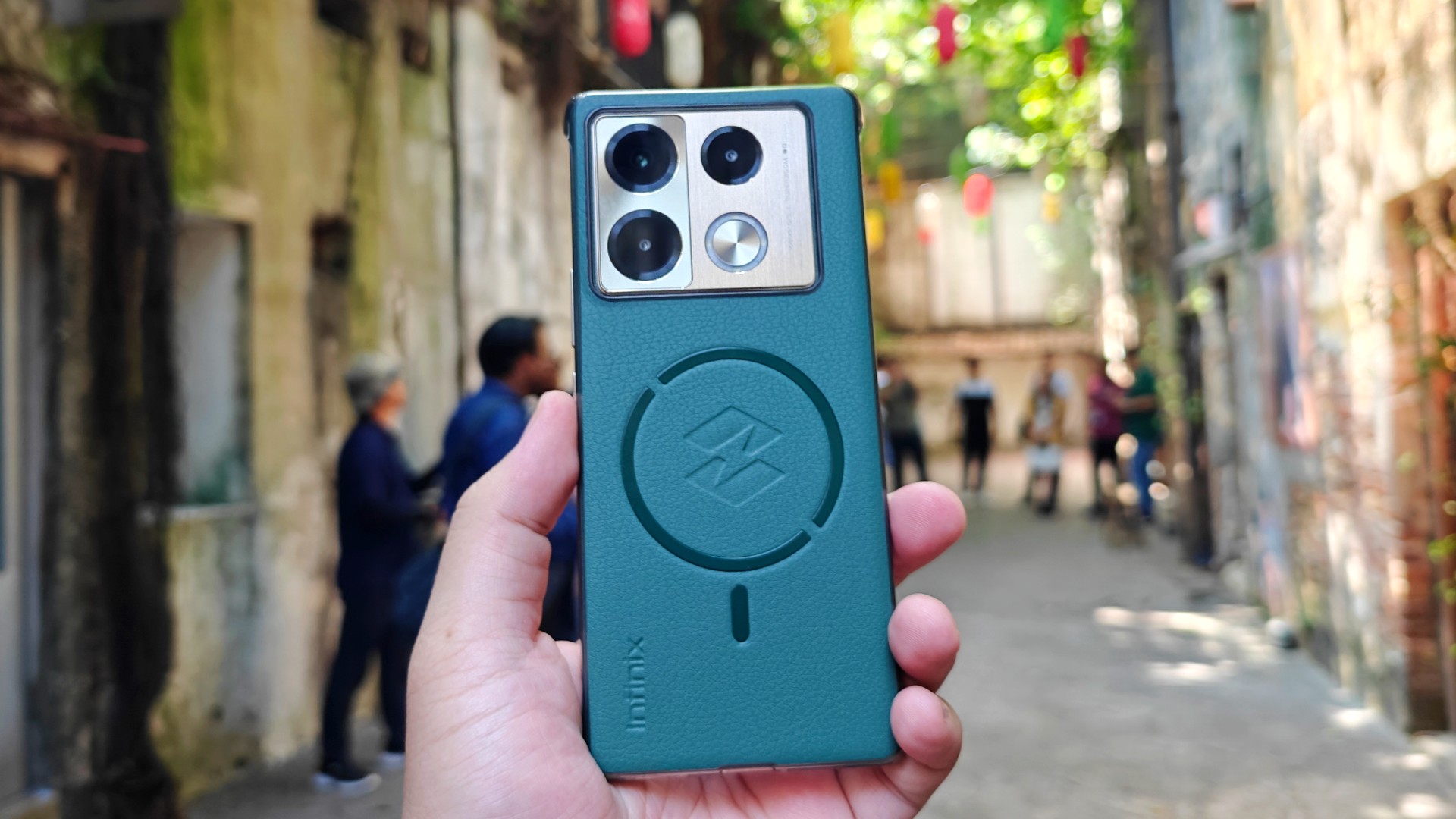
The Infinix Note 40 Pro+ 5G prides itself in its charging technologies. But what about its camera capabilities? Well, here’s a quick round-up of the many photos we took around the time the Note 40 series was launched in Kuala Lumpur Malaysia.
The NOTE 40 Series features a 108MP main shooter with 3x Lossless Superzoom. It also has OIS for steadier shots when taking videos.
The edits applied to the photos here only some resizing and cropping to make the page easier to load. Take a look at all these sample shots
Infinix Note 40 Pro series launch day
Kwai Chai Hong/ ‘Little Ghost Lane’
Petaling Street (Chinatown)
In and around Central Market
Bank Negara Malaysia Museum and Art Gallery
Istana Negara entrance
Merdeka Square
Malaysian Bak Kut Teh and more
Petronas Twin Towers at night
Steady shooter
The Infinix Note 40 Pro+ 5G isn’t a stellar shooter. But at its price point, it’s pretty darn decent for capturing different scenarios. Take these photos into some editing software and you can certainly elevate their look.
The NOTE 40 Pro+ 5G is priced at PhP 13,999. It may be purchased through Infinix’s Lazada, Shopee, and TikTok Shop platforms, where customers can get up to PhP 2,000 off. Additionally, the first 100 buyers can get an S1 smartwatch or XE23 earphones. Alternatively, customers may opt for the Shopee-exclusive NOTE 40 Pro (4G variant) for PhP 10,999.
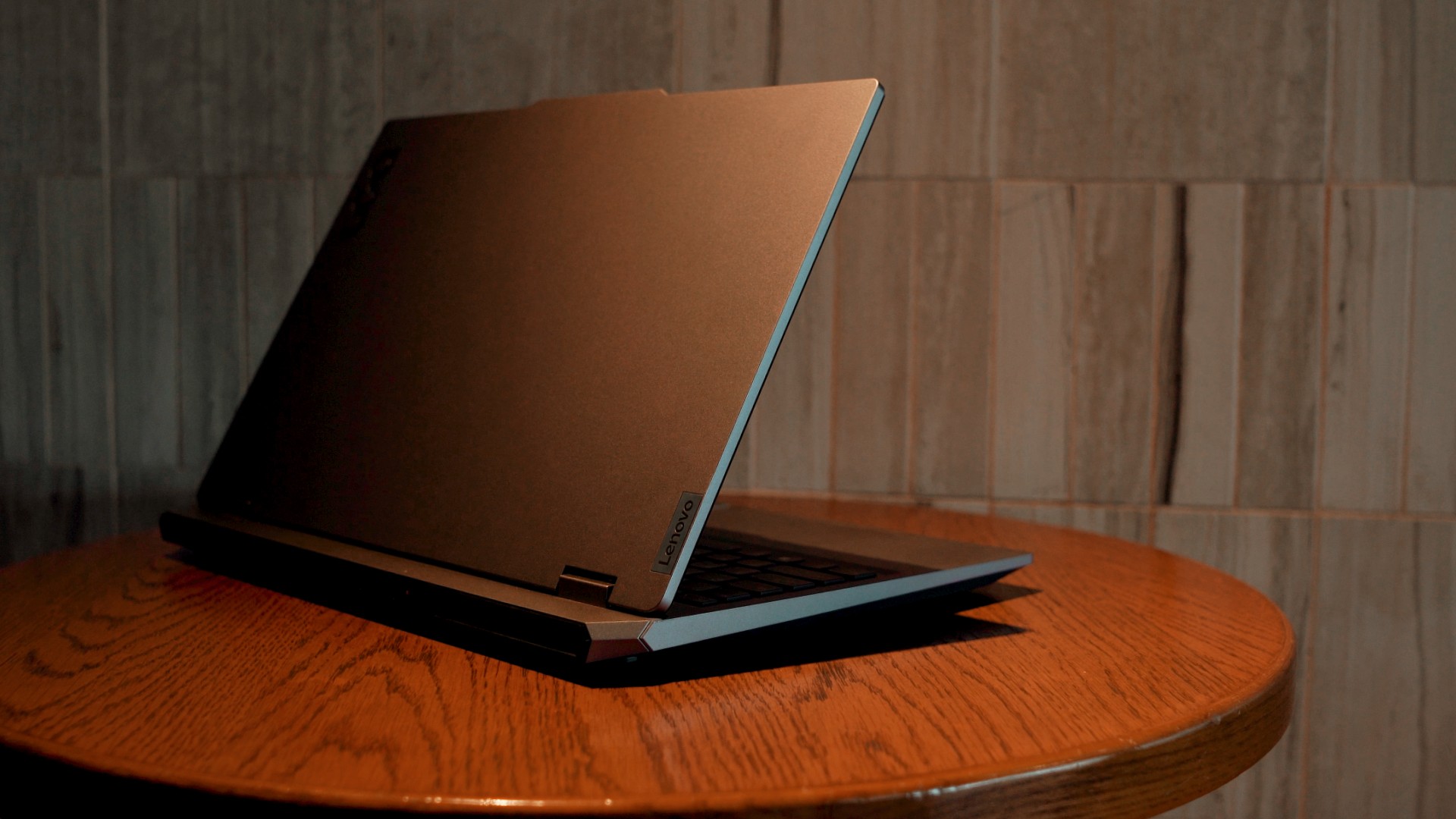
Get your game on with the Lenovo LOQ 2024. This capable laptop is your entry point to PC Gaming and a lot more.
It comes an absolutely affordable price point: PhP 48,995.
You get capable hardware and the hood to support gaming and more. The Lenovo LOQ 15IAX9I runs on the 12th Gen Intel Core i5 processor and Intel Arc Graphics.
Those are key to bringing unreal graphics to this segment. Supporting latest tech like DirectX 12 Ultimate, players are able to enjoy high frame rates on the Lenovo LOQ.
Creating content? It comes with AI Advantage to help boost performance. Engines and accelerators boost the media processing workloads especially for creatives. It also works with Intel’s X Super Machine Learning, Leading to images that are as close to reality.
The laptop supports a configuration of up to 32GB of RAM and 1TB of SSD Storage.
As for its display, the device has a large 15.6-inch, Full HD panel that is more than enough for gaming, video editing, content consumption, and whatever else you do on a laptop. This display has 144Hz refresh rate, 300 nits brightness, and anti-glare.
Videos come out clear, crisp, and realistic. Audio is punchy and as loud as it gets. Windows Sonic elevates it more when you use headphones. And it just takes a few minutes to render HD videos on editing software.
As it runs on Windows 11, if you are going to use it for work, you can take advantage of various features. The Lenovo Vantage Widget is there for constant reminders, Copilot will help you organize your tasks, and Microsoft Edge is there for casual browsing.
There is an assortment of ports at the back for easy connectivity. And as this is meant for gaming, we put it to the test. Racing that looks better with high frame rate? Check. Shooting titles that require heavy work? Not a problem. You can play all your favorites and not worry about performance.
Best of all, it takes less than an our to juice up this laptop all the way to 100%.
So, whether you’re looking to get started with PC Gaming, or an upgrade for work and entertainment needs, the Lenovo LOQ has you covered.
This feature is a collaboration between GadgetMatch and Lenovo Philippines.

With all the options available in the market, shopping for TVs can get overwhelming.
One brand Michael Josh recommends whenever someone asks? It’s none other than Samsung.
They have TVs for every price point and every feature a user might prioritize.
But which one is right for you?
Keep watching our 2024 Buyer’s Guide to find out the latest Samsung TV that best matches your needs.
-

 Features1 week ago
Features1 week agoFortify your home office or business setup with these devices
-

 Events2 weeks ago
Events2 weeks agoStellar Blade: PlayStation taps cosplayers to play Eve for game’s launch
-

 Gaming2 weeks ago
Gaming2 weeks agoThe Rogue Prince of Persia looks like an ultra-colorful roguelite
-

 Accessories2 weeks ago
Accessories2 weeks agoLogitech unveils G Pro X 60 gaming keyboard: Price, details
-

 Reviews1 week ago
Reviews1 week agorealme 12+ 5G review: One month later
-

 Gaming2 weeks ago
Gaming2 weeks agoLenovo confirms development of a Legion Go 2
-

 Deals2 weeks ago
Deals2 weeks agoTCL P635 TV: Big savings for TCL’s anniversary
-

 Gaming1 week ago
Gaming1 week agoNew PUMA collection lets you wear PlayStation’s iconic symbols

